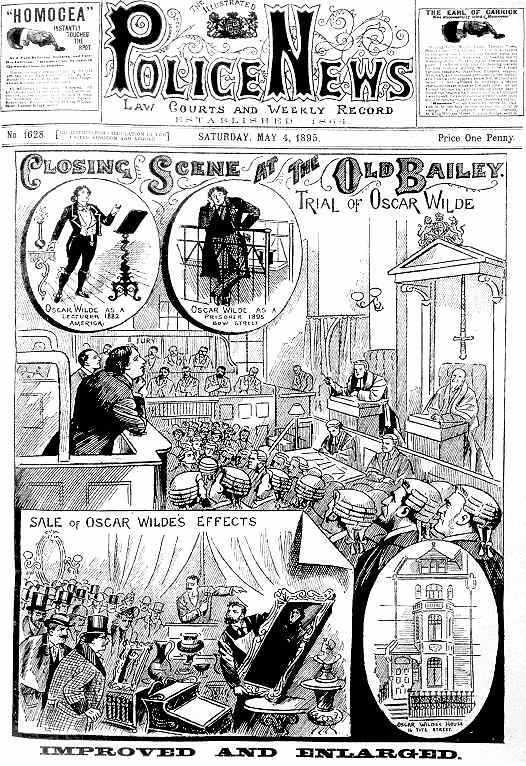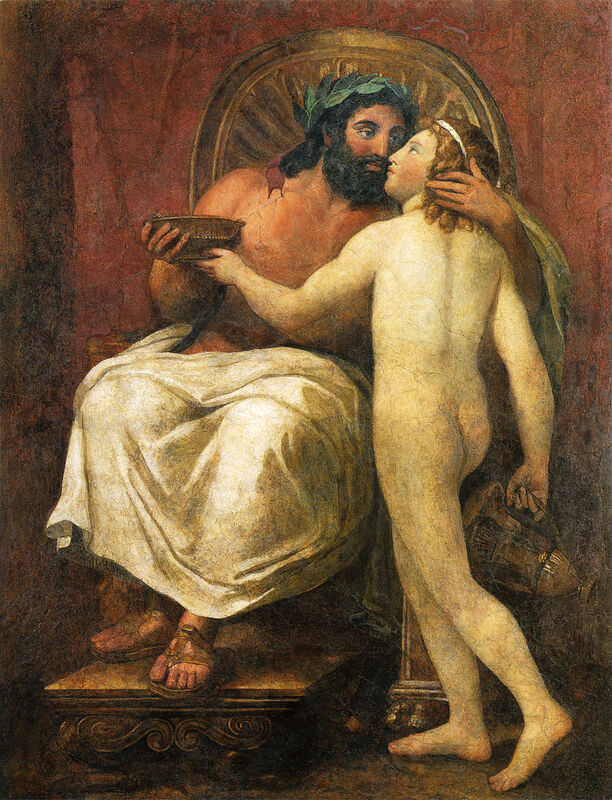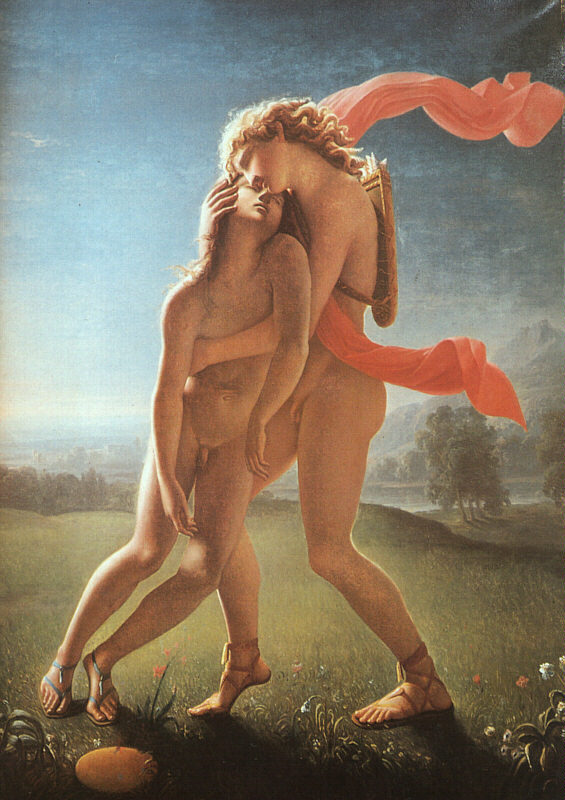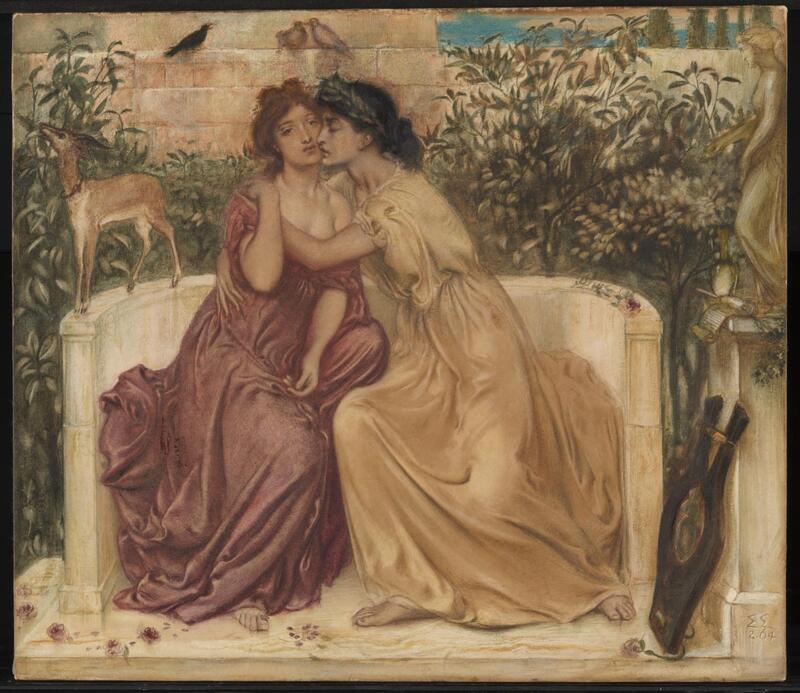The Early Modern Era of the 18th and 19th Centuries
The Enlightenment of the 18th century brought dramatic social and economic changes to the western world. Known as the Age of Reason, a focus on scientific inquiry and rationality developed. Challenges to the authority of the old orders of church and monarchy led to the emergence of democratic republics. The Industrial Revolution remade economies, and prompted a migration to growing cities. While still homosexuality was still illegal and thought immoral, with these changes came increased visibility of homosexual subcultures (Smalls, 2008).
Depicting Current Events
The Woman Hater's Lament
Content warning: suicide , homophobia
Published in 1707, the broadsheet illustration “The Woman Hater’s Lament” depicts images from the raid of a “molly house,” or meeting place for homosexual men. The illustration is under a song that describes the men "in terms of their sexual orientation: i.e. they are said to despise women and admire their own sex." (Norton, 1999). The central panel shows two men kissing, while the other panels show men who committed suicide over their actions (Vauxhall Histories). While expressing the broadly held social disapproval of homosexuality, Smalls writes that “it is our first visual witness to the homosexual subculture that...now burst into view in the mushrooming cities.”
The Trial of Oscar Wilde
Content warning: homophobia
The trial of Oscar Wilde caused a sensation in Victorian England society in 1895. Wilde was convicted of “gross indecency” for his relationship with Lord Alfred Douglas and he died 5 years later after a prison sentence, his health broken. In contrast to the idealized images of same sex love from the classical world in paintings from the 19th century, the newspaper coverage of the trials was lurid and presents a bookend to the broadsheet from 1707, two centuries later. While public opinion ran against Wilde at the time, the injustice of his trial evenutally helped affect public opinions about homosexuality in the century to come. Wilde was posthumously pardoned in 2017.
Classical Stories Remain in Popular Culture
While reporting of current events illustrate stories of social disapproval and shame, other artworks of the 18th and 19th centuries illustrating queer histories often look back to classical themes first seen in the art of the ancient worlds.
Jupiter and Ganymede
The painting Jupiter Kissing Ganymede by Anton Mengs was created in the style of a Roman fresco and was originally meant as a forgery of a classical work. It revists the Greek and Roman myth of the god Jupiter in love with the youth Ganymede.
Apollo and Hyacinth
Another reworking of a classical myth is The Death of Hyacinthos, painted by French artist Jean Broc in 1801. This oil painting in the neoclassical style shows Hyacinth, the mortal lover of Apollo, after he has been struck and killed by a discus thrown by Apollo but sent off course by the jealous wind god Zephyrus.
Sappho and Erinna
Feminists questioned strict gender roles and sought to empower women politically and sexually (Smalls, 2008). Depictions of lesbianism in art became more common as well, although often by male artists. This Simeon Solomon Pre-Raphaelite painting of Sappho and fellow poet Erinna shows the pair in a romantic embrace. Solomon himself was gay, and often explored homosexual love in his work more directly than his Pre-Raphaelite contemporaries (Reed, 2018).




